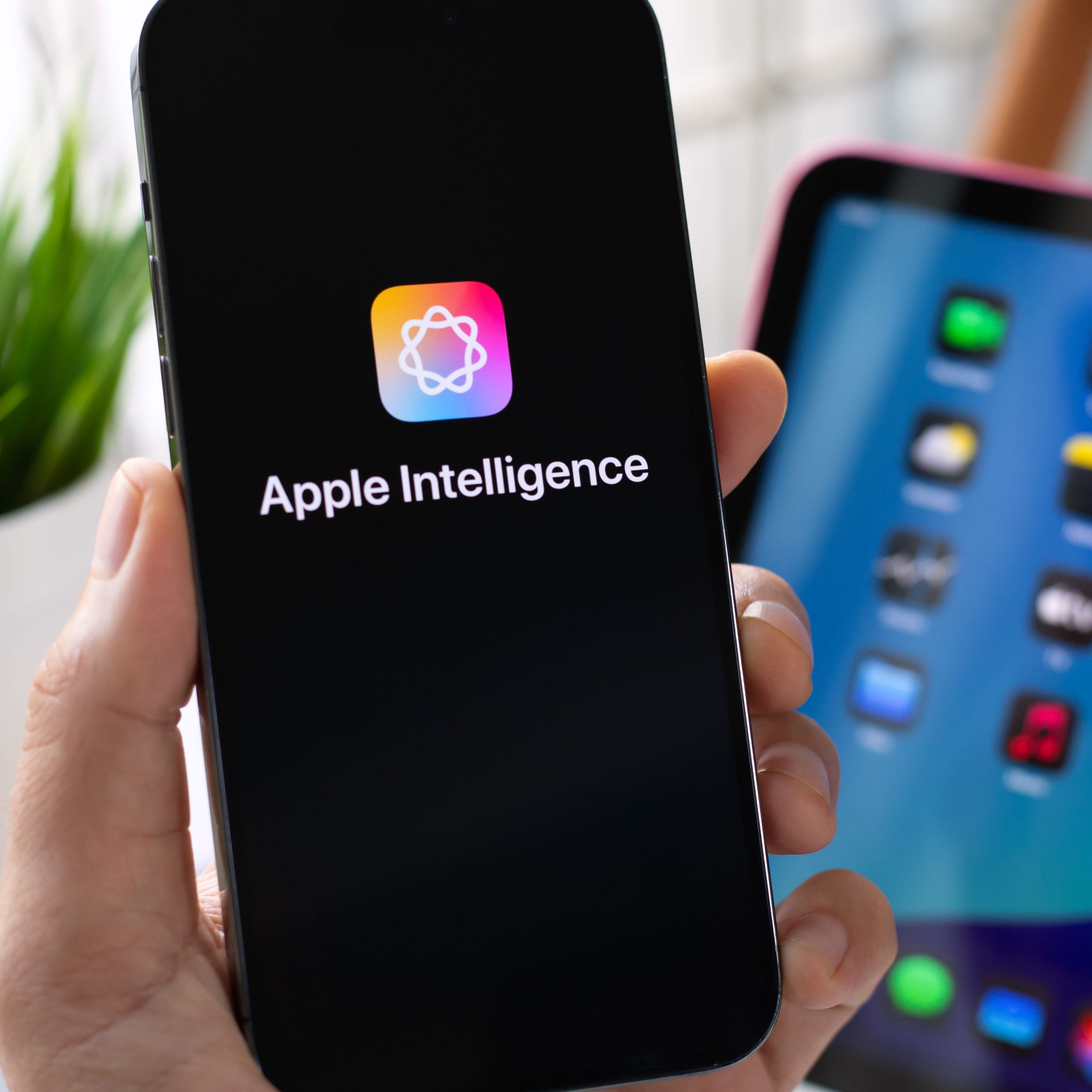Saying that AI has great potential seems like the biggest understatement of the year. Since the launch of ChatGPT, in particular, terms that were reserved for technical specialists, such as generative AI and LLM, have become commonplace.
However, that explosion of conversations and the scramble to incorporate AI tools into business workflows or find a valid way to describe an organization’s solution as “AI-powered” in marketing copy has led many to the question of the moment: Is the application of AI, and generative AI in particular, being overhyped?
Journalists, analysts and buyers alike are increasingly tired of the constant embrace of emerging technologies and question whether AI can truly solve complex business challenges outside of today’s sandbox.
Director of Growth at Creatio.
The rise and limitations of SaaS
To answer this question, it is useful to look at the recent evolution of digital transformation in business. The development of cloud computing has led to greater software integration to drive transformation, resulting in an increase in applications and services and the rise of SaaS.
Predictions indicate that cloud-native applications will soon equal the number of applications developed over the past four decades. Enterprises are choosing to adopt cloud-native technology because of the ability it offers to meet specific digital transformation needs, while SaaS, in turn, has replaced traditional solutions because it can handle the increased demand for cloud-native applications.
The problem with SaaS, however, is that the one-size-fits-all nature of these solutions is not always the best fit for individual industries and business needs, undermining the very goal of using digital transformation to address a company’s specific needs in order to gain and maintain a competitive advantage. What’s more, customers soon begin to view multiple competitors using the same “off-the-shelf” SaaS solutions as homogeneous.
Finding a way to leverage SaaS’s core benefits of simplicity and speed while customizing applications to individual business needs has become the core challenge of today’s digital transformation.
No-code and GenAI: a perfect match
This is where no-code technology has come into the picture. No-code platforms allow users who have no formal training in software development to develop applications using visual drag-and-drop tools. Far from having to understand a programming language, the only skills that are really necessary when using no-code platforms to develop enterprise applications are problem-solving and, crucially, a good understanding of the business and its processes. The combination of these two things ensures that applications are optimized for the individual needs of the organization.
No-code software combines the speed and accessibility of SaaS with the customizability of traditional software development, offering businesses a way to democratize the application development process. It helps businesses solve their application problems by helping them address use cases ranging from customer-facing applications to workflows, where every employee can quickly and easily contribute to solving unique business challenges.
GenAI also comes into play here as a powerful catalyst for no-code development – this is a great example of how AI can already make a huge difference in any business today in a very simple way. It allows businesses to streamline app development and greatly speed up the process by automating tasks. For example, it can be used to convert user requests directly into app templates or frameworks, removing an entire step from the development process.
It can be used to automate and accelerate workflows and processes across an entire enterprise, from project management to customer privacy and compliance to employee lifecycle management. One government institution used this technology to deploy an application to thousands of users to automate complicated project management processes – 95% of the application was built without the institution having to write a single line of code.
Busting myths about GenAI and no-code
GenAI and no-code technologies are being used together as part of a natural progression of digital transformation. Far from replacing jobs, they are driving the speed of innovation by creating citizen developers out of employees, helping them build applications that work specifically for specific company goals, automating routine tasks, and freeing up developers and other departments to focus on those activities that are really going to make a difference.
The no-code market is forecast to generate $187 billion in revenue by 2030, growing from $10.3 billion in 2019, coinciding with the growing demand for increasingly targeted software applications and showcasing the appetite for a tool that offers the freedom and flexibility to design applications that not only work for your business, but become the driving force behind your competitive advantage.
We list the best large language models (LLM) for coding.
This article was produced as part of TechRadarPro's Expert Insights channel, where we showcase the brightest and brightest minds in the tech industry today. The views expressed here are those of the author, and not necessarily those of TechRadarPro or Future plc. If you're interested in contributing, find out more here:









